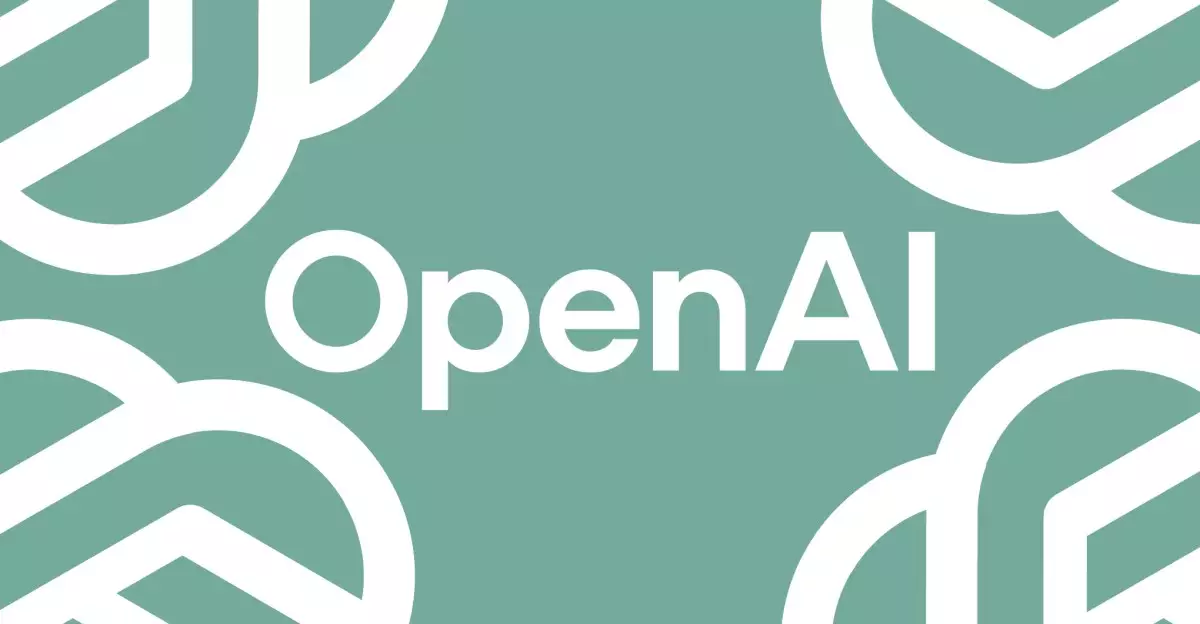OpenAI’s recent introduction of the GPT-4.1 multimodal model showcases a significant milestone in the development of artificial intelligence. As the tech landscape evolves, the push for more effective, efficient, and user-friendly AI systems remains a top priority. The launch of the GPT-4.1 comes at a critical juncture, especially as anticipation builds around the delayed GPT-5. This decision reflects OpenAI’s commitment to refining its existing models, ensuring that each iteration exceeds the performance of its predecessors while also making strides in affordability and accessibility for developers.
Improvements Beyond Expectations
The GPT-4.1 model boasts remarkable enhancements over GPT-4o, particularly in its capacity to handle a much larger context window. With the ability to process up to one million tokens, GPT-4.1 leaves GPT-4o’s previously established limit of 128,000 tokens in the dust. This leap in processing power enables the model to account for a broader range of information—be it text, images, or video—creating a more holistic user experience. The advancements in coding and instruction-following capabilities further reinforce the model’s viability as a tool for developers, allowing them to create more complex applications that require nuanced understanding and interaction.
Strategic Pricing and Accessibility
OpenAI has strategically positioned GPT-4.1 in the marketplace by introducing two smaller variants: GPT-4.1 Mini and GPT-4.1 Nano. This tiered approach not only provides more options for developers but also reflects a growing emphasis on cost-effectiveness. By reducing prices by 26% compared to its predecessor and offering varying degrees of power and complexity, OpenAI invites a broader range of developers to harness its technology for innovations that were previously cost-prohibitive. This newfound accessibility could usher in a wave of creativity and experimentation, particularly among smaller start-ups and independent developers.
Contextual Awareness and Reliability
In addition to its robust processing capabilities, the training improvements in GPT-4.1 warrant attention. OpenAI has indicated that the new model is more adept at distinguishing relevant information from distractions across various context lengths. This enhancement speaks to a fundamental challenge in AI interactions—the necessity for models to reliably parse through vast amounts of data to provide meaningful responses. Such an ability not only boosts user trust but also enhances the application of the model in real-world scenarios, where clarity and precision are paramount.
The Future of AI with OpenAI
As OpenAI continues to refine its models, the ongoing evolution underscores a pivotal time for speculation about the impending GPT-5 release. CEO Sam Altman’s decision to delay this launch indicates a thoughtful approach to ensuring that the next iteration will not only meet but exceed industry expectations. By prioritizing the incremental improvements encapsulated in GPT-4.1, OpenAI is not just pushing boundaries; it is laying the groundwork for a future where AI systems can operate with greater intelligence and empathy, fundamentally transforming various domains—from healthcare to education. The excitement surrounding these developments is palpable; the AI frontier is ever-expanding, and with each update, we are reminded of the vast potential that lies ahead.


Leave a Reply